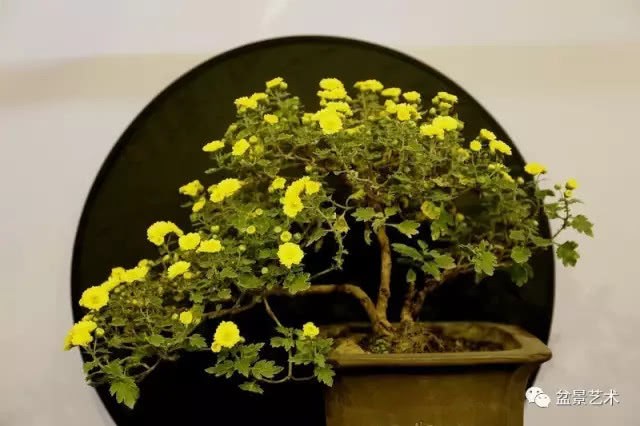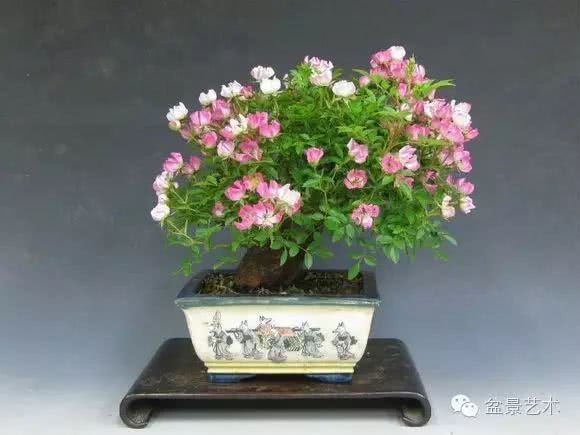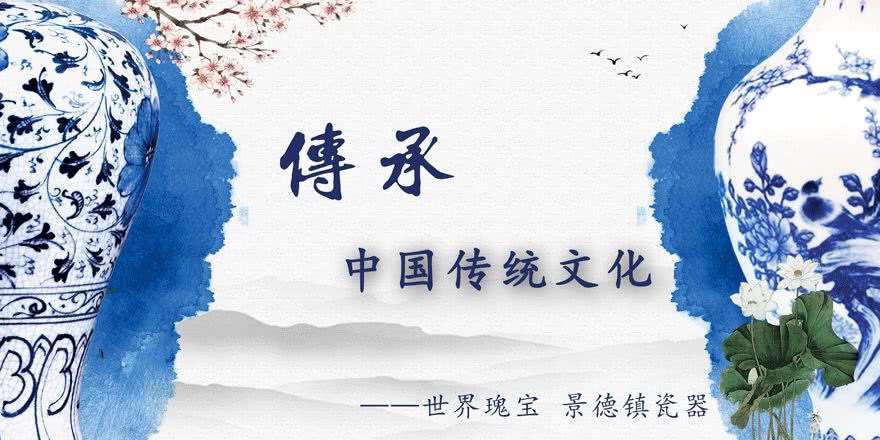How to graft potted chrysanthemum

How to graft potted chrysanthemums? "picking wild flowers by the fence, I accidentally saw Nanshan." I believe everyone is familiar with this poem. Have you ever heard of chrysanthemum grafting? Today, the editor of Flowers in Yunzhong shares some experience with you on how to graft potted chrysanthemums for flower friends to discuss together.
How to graft potted chrysanthemum
Chrysanthemum is a short sunshine, positive plant, like cool climate, cold tolerance, drought tolerance, strong resistance, the most suitable growth temperature is 18-21 ℃, avoid waterlogging. Chrysanthemums can be planted in fields, courtyards and indoors.
1. Preparation before grafting
Selection of substrate: ordinary loess and sawdust were mixed at 2:1, and then sprayed with 0.2% potassium permanganate solution for wet disinfection. Mix 100 kg matured rapeseed cake 5 kg and diammonium phosphate 1 kg and put it into a flowerpot.
Selection of rootstocks: the main stems of the genus Artemisia of Compositae are erect, branched, and perennial herbs are selected as rootstocks, including Artemisia annua, Artemisia ann
Transplanting of rootstocks: at the end of May or early June in summer, Artemisia annua, Artemisia annua and Artemisia annua, which grew near the ditch and the edge of the field stalk, were collected and transplanted in flowerpots.
Scion collection: the local cultivation of the current year's twigs of chrysanthemum with robust growth, no diseases and insect pests, similar florescence, plump flower shape and harmonious flower color, pruned the scion immediately after harvest, removed the basal lateral branches and leaves, cut into the scion according to the specifications, and then grafted, the grafted scion was soaked in water immediately, and it can also be grafted along with picking.
two。 Grafting time and method
Grafting time: rootstock transplanting pot, such as seedlings slow down, seedling growth into the peak period, that is, about 20 days after transplanting, can be grafted. Grafting must be carried out from 9 o'clock to 16:00 on a sunny day, when the survival rate of grafting is high.
Choose scion: the thickness of scion should be as thick as rootstock, scion is generally 8-10 cm long and has 3-4 buds.
Grafting method: the split grafting method is usually used, the base of the scion is 2-3 cm long and wedge-shaped, and the cutting surface is required to be smooth and flat. 8-12 cm from the main branch on the rootstock, cut off the main branch of the rootstock, and cut 2-3 cm gap in the center of the main branch of the rootstock. Then quickly dip the cut wedge-shaped scion and rootstock in 100ml / L7 GGR, immediately insert the scion into the rootstock, align the cambium, bind it firmly with plastic film from top to bottom, and then cut off the buds and leaves at the base of the rootstock branches. The shape of grafting should be carried out according to the design. If you want spherical flowers, cut off the main top of the rootstock first, promote a large number of lateral branches, wait for lateral branches to grow to a certain extent, and complete one-time grafting according to the spherical surface; if you want tower-shaped flowers, grafted in layers every 10 days or so until the end of grafting.
3. Post-grafting management
Watering: water thoroughly immediately after the scion, and it is often observed that watering when the soil in the basin turns yellow can not cause rotten roots and excessive growth or physiological drought and death due to too much or less watering. It is best to cover plastic bags on the flowerpot to increase the humidity around the plant and facilitate the healing of the plant interface.
De-sprouting: after grafting, the rootstock is very easy to sprout and sprout, so it should be erased in time so as not to compete with the scion for nutrition and water and affect the survival rate of grafting.
Unbinding: after 20 days of grafting, the surviving can relax and bind the plastic film, but can not be unbound, lest unbind too early, poor interface healing is easy to open wing crack, thus affecting the survival rate. When the new branch grows to about 15 cm, it can be unbound.
Thinning branches and buds: many lateral branches will grow after the grafted seedlings survive, so it is necessary to immediately remove weak or excessive lateral branches according to the design requirements, so as not to compete for nutrition and affect the quality of flowers, generally leaving 3-4 strong lateral branches. After the flower sits on the bud, 1-2 buds with exuberant growth at the top of each branch are left and the other buds are removed. For shaped grafted flowers, such as spherical, there is a sequence of grafting, in order to make the florescence consistent, the survival of the grafting immediately after the heart to promote lateral branches, and then with the late grafting with the scion to pick the heart. After the flower sits in the bud, it can be made into assorted chrysanthemum with different colors by using iron wire or bamboo branches as a support and fixing it on the ring according to the design. If you want it to blossom ahead of time, you can control the light during the growing period, sunshine 8-10 hours a day, but the shading must be strict and uninterrupted; if you want it to postpone flowering, you can add electric lights every day from August to September. When you need to blossom, you will slowly sit in buds and blossom after you stop shining.
Prevention and control of diseases and insect pests: flowers are easy to be infected with aphids from bud to flowering stage. After infection, the flowerpot is carried outdoors and sprayed with DDV1:1500 solution with short residual period and low toxicity, the control effect is the best. Indoor use of cigarette nicotine solution to control, but the nicotine solution should not be too strong, otherwise it will hurt the flowers, this method of control is not only environmentally friendly, but also does no harm to people, and can kill aphids.
Grafting chrysanthemum with Artemisia annua, Artemisia annua and Artemisia annua as rootstocks can not only solve the phenomenon of easy lodging and overgrowth of chrysanthemum, but also change some characters of chrysanthemum. The maximum diameter of single grafted chrysanthemum increased from 15 cm to 25 cm, the size of flower was 1-3 times larger than that before grafting, the stem of flower increased by 8-13 mm from 6-9 mm before grafting, and the height of flower decreased from 75-120 cm to 67-93 cm. All these greatly improve the quality of chrysanthemums and improve the ornamental value for people who love and cultivate flowers. at the same time, grafted chrysanthemums can also enrich varieties, rich colors, changeable flower shapes and various gestures, bringing business opportunities for farmers and improving commodity value.
- Prev

Pot cultivation method of Rosa
Cultivation techniques: rose flowers are light-loving flowers and trees, which need plenty of sunshine. Suitable for growing in fertile and moist soil with good drainage. Domestic roses are prone to rose powdery mildew, the symptoms are: young leaves light gray, leaves become twisted, covered with a layer of powdery powder.
- Next

Small potted plants contain a lot of money, good flowers and porcelain is a higher pursuit.
What is so good about Jingdezhen porcelain? A traditional industry, supporting a city after thousands of years of training, is still enduring. Jingdezhen, the capital of porcelain, in English, porcelain (china) and China (China) are the same word. ...
Related
- Wuhan Hospital Iron Tree Blooming Result Was Instantly Frightened by the Gardener Master
- Which variety of camellia is the most fragrant and best? Which one do you like best?
- What is the small blue coat, the breeding methods and matters needing attention of the succulent plant
- Dormancy time and maintenance management of succulent plants during dormancy
- Minas succulent how to raise, Minas succulent plant pictures
- What are the varieties of winter succulent plants
- How to raise succulent plants in twelve rolls? let's take a look at some experience of breeding twelve rolls.
- Attention should be paid to water control for succulent plants during dormant period (winter and summer)
- Watering experience of twelve rolls of succulent plants
- Techniques for fertilizing succulent plants. An article will let you know how to fertilize succulent plants.

